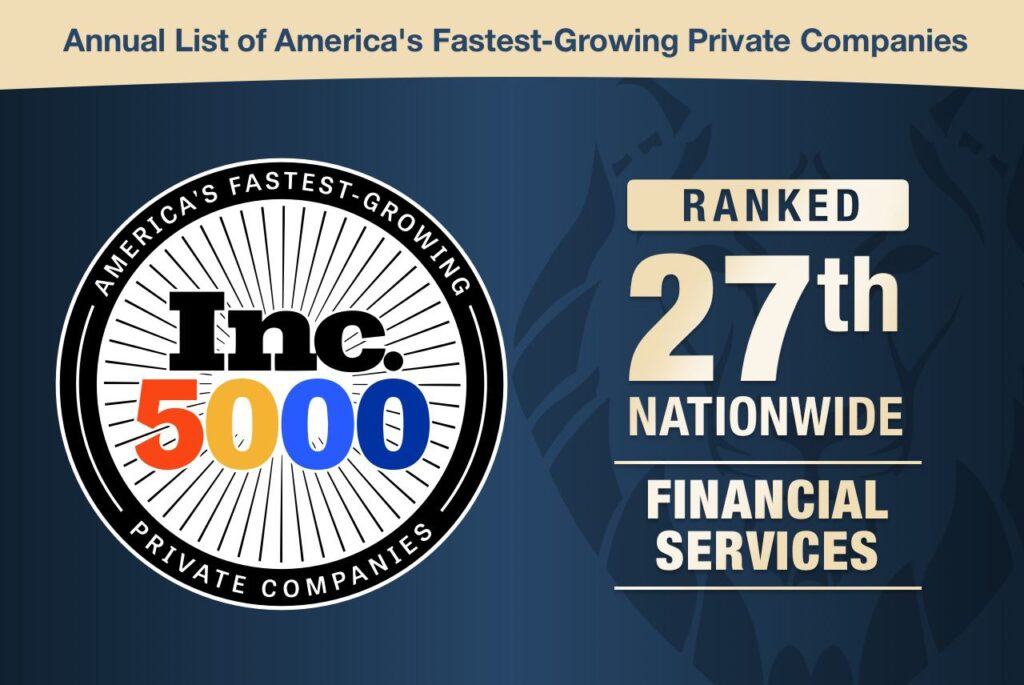2018 has arrived, closing out a year where gold enjoyed its best performance since 2010!
Gold finished 2017 with a gain of 12.67%, including a 1.64% rise in December alone.
In a year dominated by headlines about stock market records, Federal Reserve rate hikes and the rollercoaster of bitcoin, some retirement investors might be surprised that gold did so well. But safe haven assets remain as relevant as ever as a diversification tool for savvy investors who understand that stock markets and faddish “investments” can fall as quickly as they rise.
Famed investor Frank Holmes thinks year-end is the perfect time to think about rebalancing your portfolio, especially if one area or another has grown out of proportion to others. Holmes has long advocated that investors devote a percentage of their portfolios in gold, though individuals need to consider their own tolerance for risk.
Holmes points out that gold has historically shared a low-to-negative correlation with many traditional assets such as cash, U.S. Treasuries and stocks, both domestic and international.
Here’s Frank Holmes’ list of 9 reasons why you should be considering your gold exposure right now:
1.Gold has beaten the stock market more than 2:1 so far this century.
2. Gold looks like a bargain compared to stocks.
3. Gold exploration budgets keep getting slashed.
4. Too much money is going into stocks with more than $80 trillion currently invested globally.
5. Higher sovereign debt could mean higher gold prices.
6. Fed tightening could induce a recession.
7. Fed rate hike cycles tend to end badly.
8. Trillions of dollars in global bonds stand to lose value now.
9. Demand for gold in India and China is alive and well.
If you are reading this newsletter, chances are you already might own gold or silver, perhaps in a Gold IRA. But is your portfolio still in balance after a year of +20% gains in stocks?
This is a time when diversification could save your retirement if the stock market cracks.
DOES THE YIELD CURVE SIGNAL A RECESSION AHEAD?
With unemployment at its lowest level in seventeen years and Wall Street hitting records almost weekly, what is the key indicator that has some economists worried?
It’s the yield curve.
What is the yield curve? The yield curve maps the differences in yield, or return on investment, of short- and long-term US Treasury debt, usually comparing two-year notes to 10-year bonds.
FTN Financial chief economist Christopher Low notes that since 1950, each recession has been preceded by a reversal of the yield curve.
Normally, the shorter the investment, the lower the yield, and conversely, the longer the investment, the higher the return. This offsets the greater risks of losing access to these funds for an extended period.
For the past year, the yield curve has been flattening as the return on short-term debt has been getting close to long-term yields. This could be signaling eroding confidence in the economy’s performance in the coming years.
Oxford Economics chief economist Gary Duncan says the yield curve inversion could be heralding a contraction in the economy. Gregori Volokhine of Meeschaert Financial Services explains that an inversion of the curve indicates that investors do not have confidence in the future.
The main factor behind the flattening of the yield curve is the US central bank’s moves to raise the benchmark interest rate five times since the end of 2015, including three increases this year and three more expected in 2018. Duncan of Oxford Economics cautions that if the Fed tightens too quickly, we could see a slowdown in the economy in the longer term as credit becomes more expensive.
WARREN BUFFETT AND JIM ROGERS: BEWARE OF BITCOIN
Billionaire investor Warren Buffett has no interest in bitcoin, the virtual currency that is created, owned and traded entirely online in anonymous and unregulated settings.
Buffett says you cannot value bitcoin, because it’s not a value-producing asset. He believes that investors should stay away from bitcoin because it’s basically a mirage and has no intrinsic value. According to Buffett, this essentially value-free asset is driven by one thing alone… fear of missing out.
Hedge fund legend Jim Rogers agrees. In a recent interview on TheStreet.com, he said the bitcoin bubble explosion, when it comes, will be”mind-blowing.”
“There have been plenty of bubbles I have seen in my life but this one is a little strange, because at least when the dot-com bubble was around, those were companies that said they had a business,” Rogers said. “Even with tulips, supposedly they had a purpose and a use, I have never seen something quite like this,” Rogers said.
AS THE NEW YEAR DAWNS, TAKE TIME TO REFLECT ON THE SAFETY OF YOUR PORTFOLIO
Today, more than ever before, investors need to follow the recommendations of Frank Holmes and take the time to reflect on how their retirement portfolios have changed over the last year. Has one asset class gotten out of proportion to the rest?
With the economy humming and stocks defying gravity, gold might not be glittering quite as much as it does in times of market panic, but with risks rising and red flags appearing everywhere, this could be an ideal time to consider gold.
If you are tempted by bitcoin, Warren Buffett and Jim Rogers’ warnings are a wake up call that pure speculation often ends in disaster. The case for owning precious metals as a safe haven asset class grows stronger every day.
Stocks and bitcoin will not grow to the sky, especially with the economy showing signs of strain. Don’t let this opportunity to rebalance your portfolio pass you by before it is too late.






